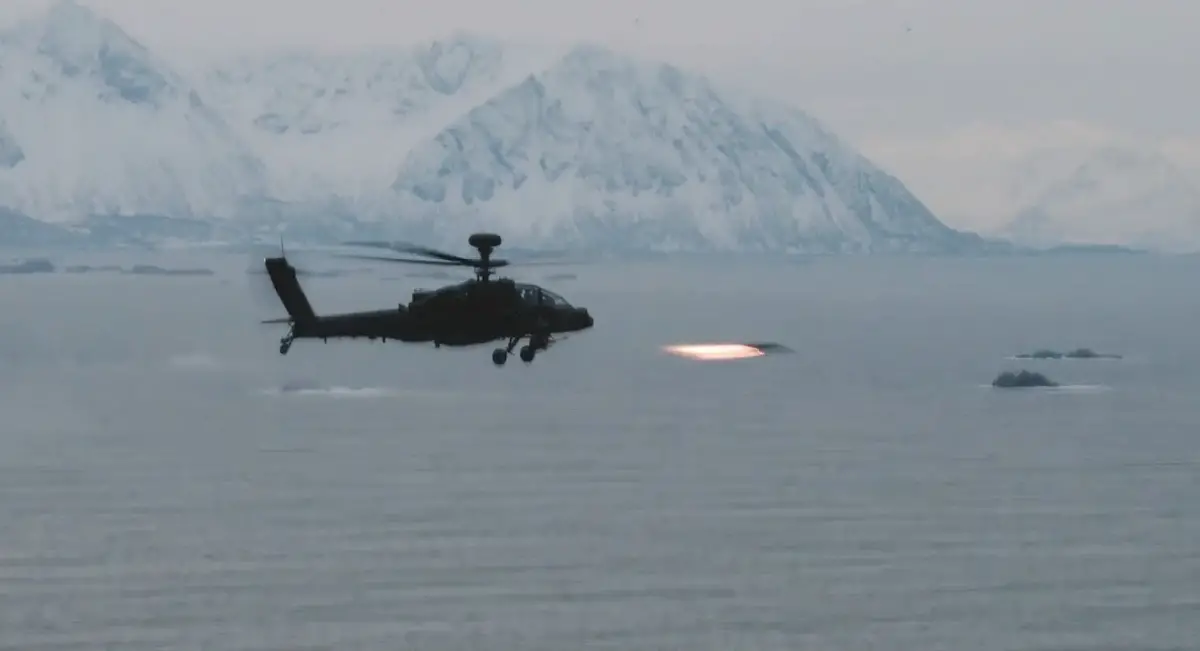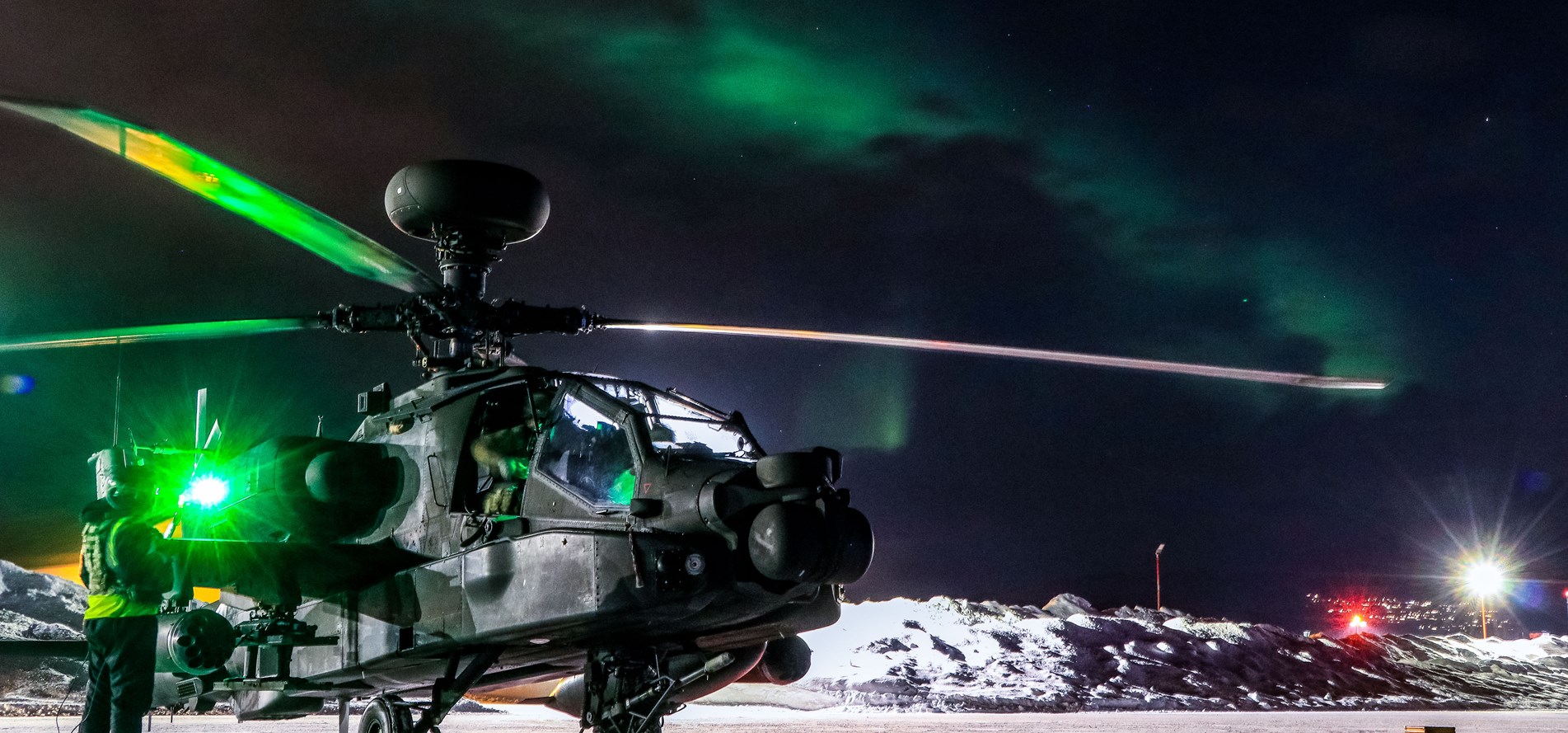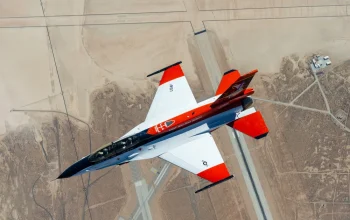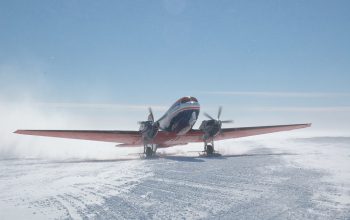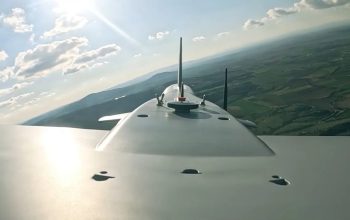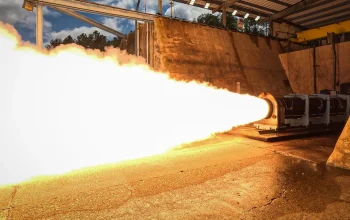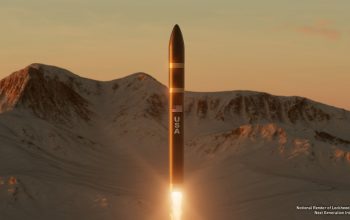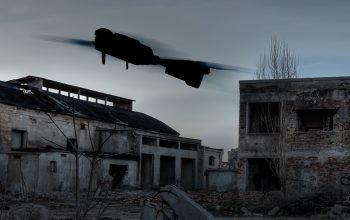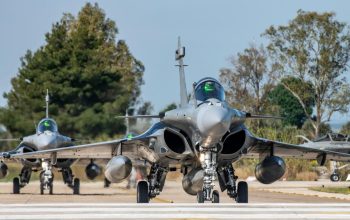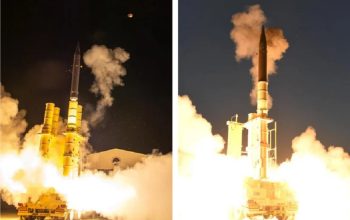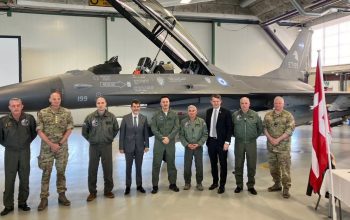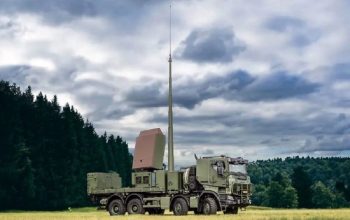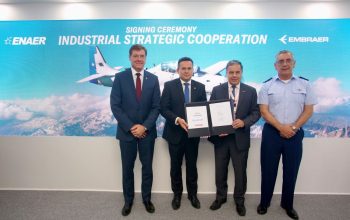The British Army’s Apache attack helicopters have fired potent Hellfire missiles inside the Arctic circle for the first time. Facing temperatures dropping to -30°C and white-out flying conditions, 656 Squadron 4 Regiment Army Air Corps is training in the far north of Norway. Together with RAF Chinook and Royal Navy Wildcat helicopters, the Squadron is preparing for Exercise Cold Response in March, which involves 14,000 troops from 10 nations to test the ability of NATO forces to operate together in the Arctic. For 656 Sqn, the deployment has been focused on proving its warfighting ability after the Apache made its Arctic debut in early 2019. 656 Sqn maintains a force of Apaches on standby to provide an aviation strike capability to the Royal Marines of 3 Commando Brigade, the British military’s extreme cold weather warfare specialists.
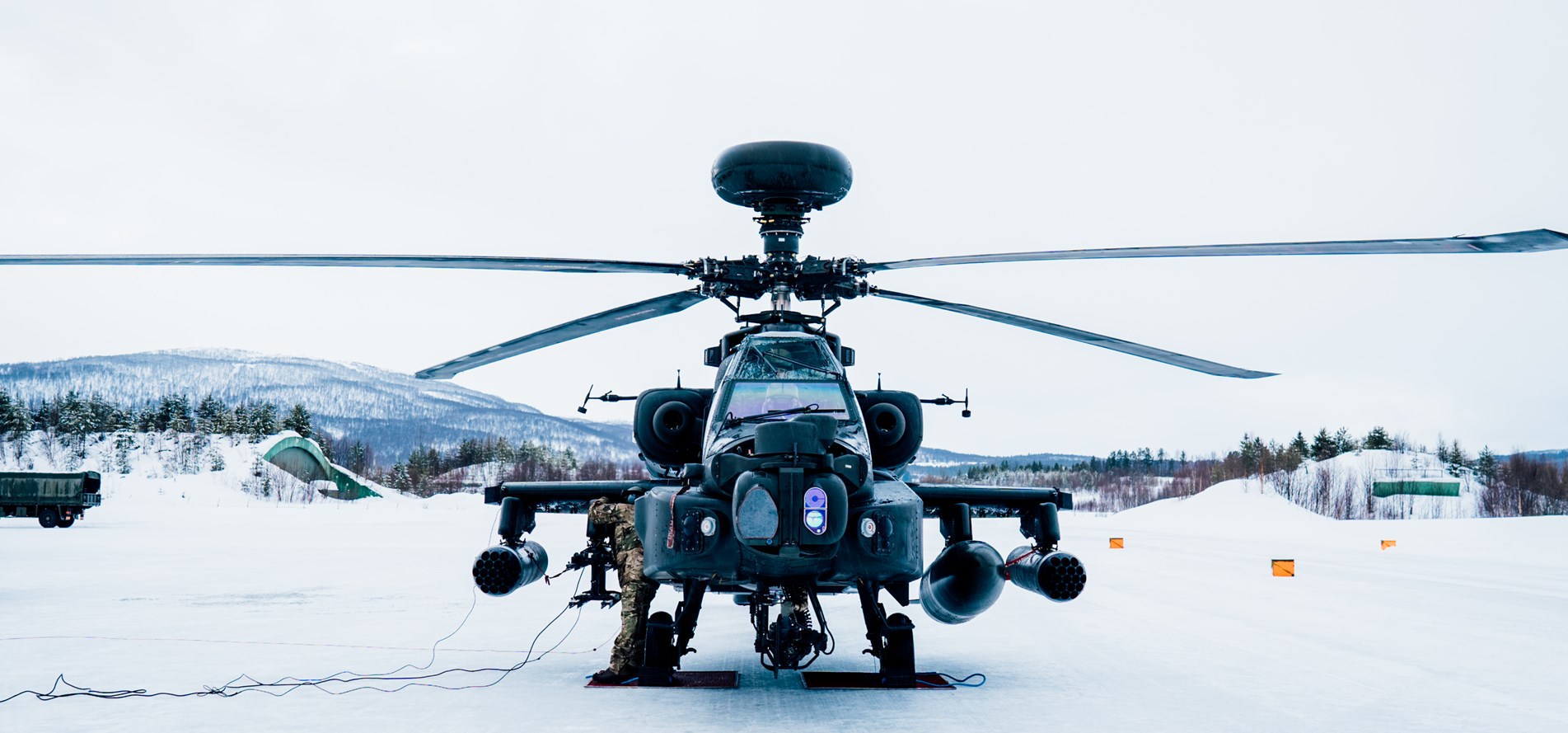
Officer Commanding Major Huw Raikes said: “Last year the Squadron learnt how to operate the Apache in the Arctic. The extreme cold presents unique differences to how we normally conduct our business but we have developed ways to overcome the human, engineering and flying challenges. This year we have established new and innovative ways to fight the aircraft. This has relied immensely on the support of the Royal Navy’s Commando Helicopter Force, who have a long experience of operating in the Arctic that has been generously shared. Firing Hellfire missiles for the first time is a significant milestone in proving the capability of the aircraft in this environment; it’s an achievement that everyone in the Squadron has contributed to and can be rightly proud of. We’re now looking forward to flying in support of the Royal Marines and our NATO partners on Exercise Cold Response.”
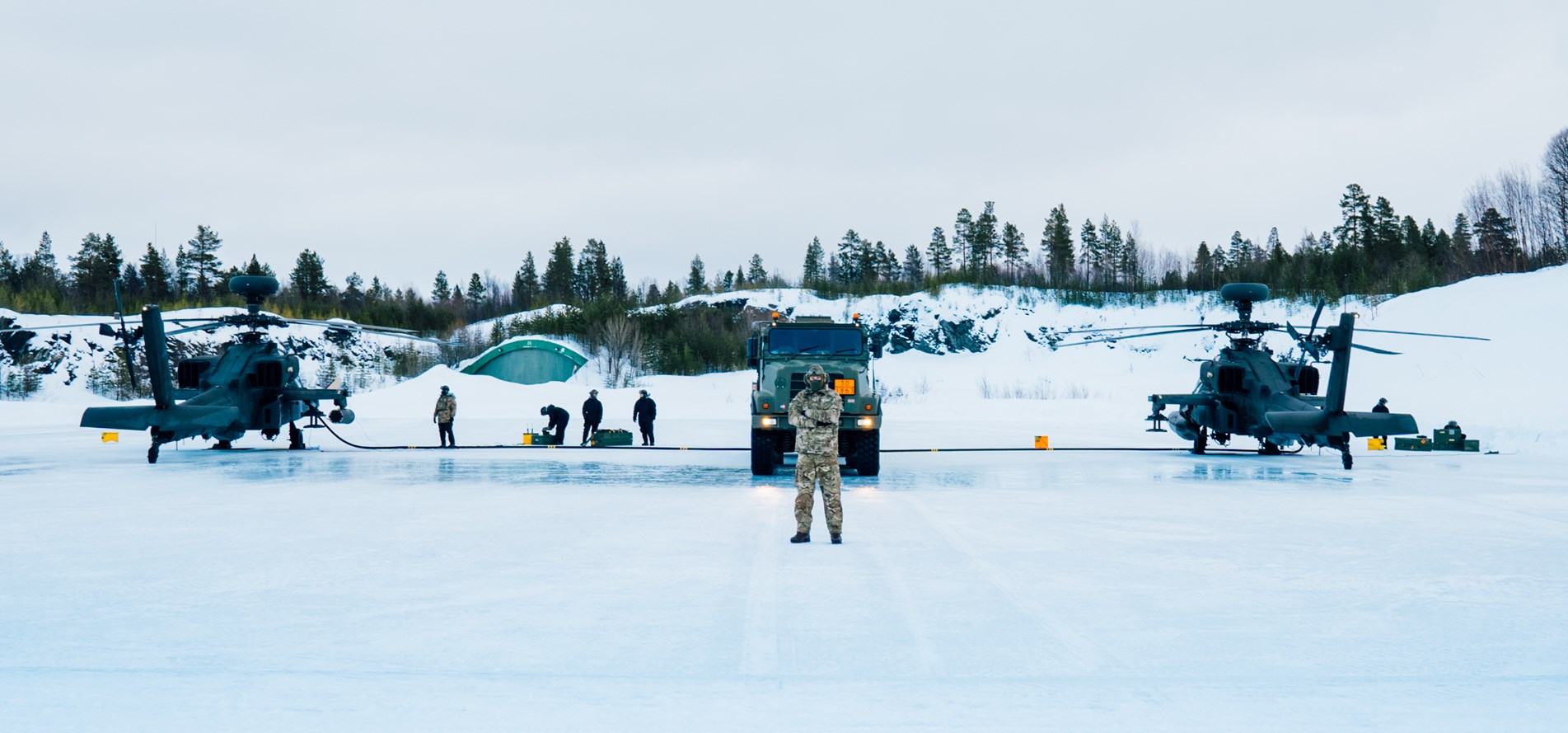
The Hellfire is a precision missile used to strike ground and maritime targets; the Apache is able to carry up to 16 missiles. The live fire ranges saw groundcrew establish a Forward Arming and Refuelling Point (FARP) – the military equivalent of a Formula 1 pit stop – to load missiles and 30mm cannon ammunition on to Apaches. Wildcat battlefield reconnaissance helicopters provided target identification and designation with their powerful suite of sensors, with the missiles fired at barges both moored and moving in the Norwegian Sea. The AGM-114 Hellfire is an air-to-surface missile (ASM) first developed for anti-armor use, but later models were developed for precision drone strikes against other target types, and have been used in a number of targeted killings of high-profile individuals. It was originally developed under the name Heliborne, Laser, Fire and Forget Missile, which led to the colloquial name “Hellfire” ultimately becoming the missile’s formal name.
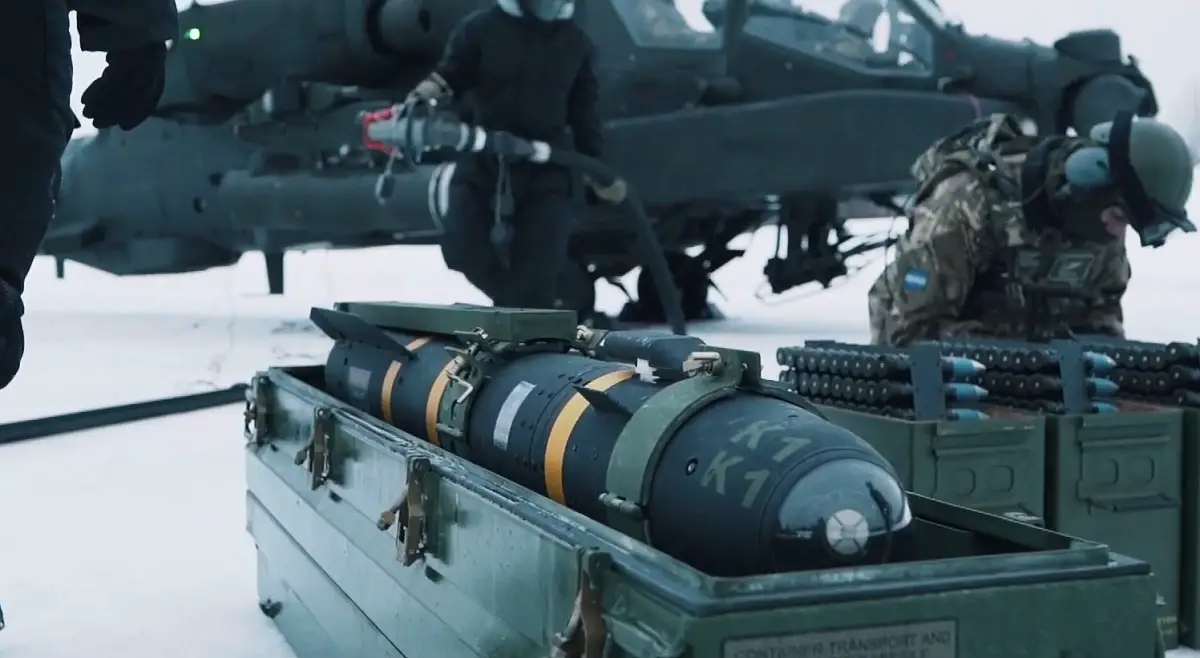
The AgustaWestland Apache is a licence-built version of the Boeing AH-64D Apache Longbow attack helicopter for the British Army Air Corps. The first eight helicopters were built by Boeing; the remaining 59 were assembled by Westland Helicopters (now part of Leonardo) at Yeovil, Somerset in England from Boeing-supplied kits. Changes from the AH-64D include Rolls-Royce Turbomeca RTM322 engines, a new electronic defensive aids suite and a folding blade mechanism allowing the British version to operate from ships. The helicopter was initially designated WAH-64 by Westland Helicopters and was later given the designation Apache AH Mk 1 (also written as “Apache AH1”) by the Ministry of Defence. Several deviations were made to the standard Apache design used by the US and those exported to other countries. One major difference is the use of a pair of Rolls-Royce Turbomeca RTM322 01/12 engines, replacing the original General Electric T700-GE-701C engines.
